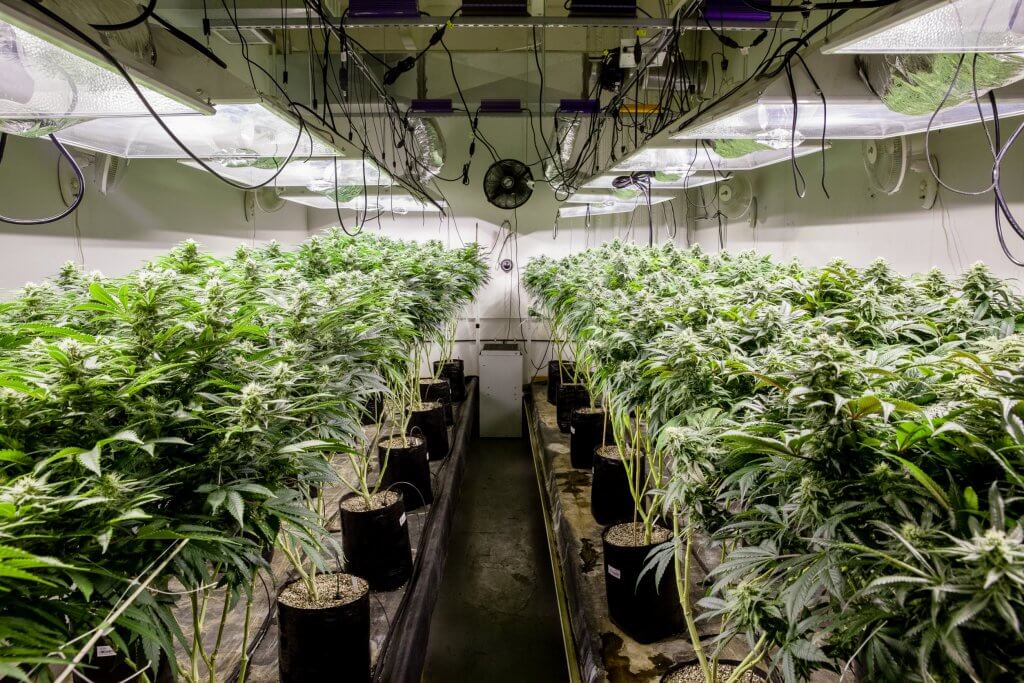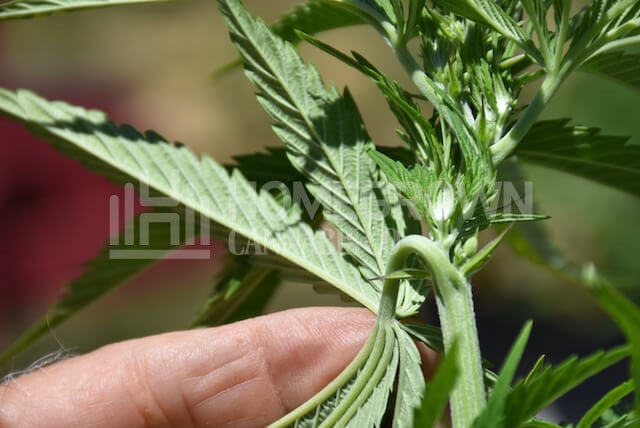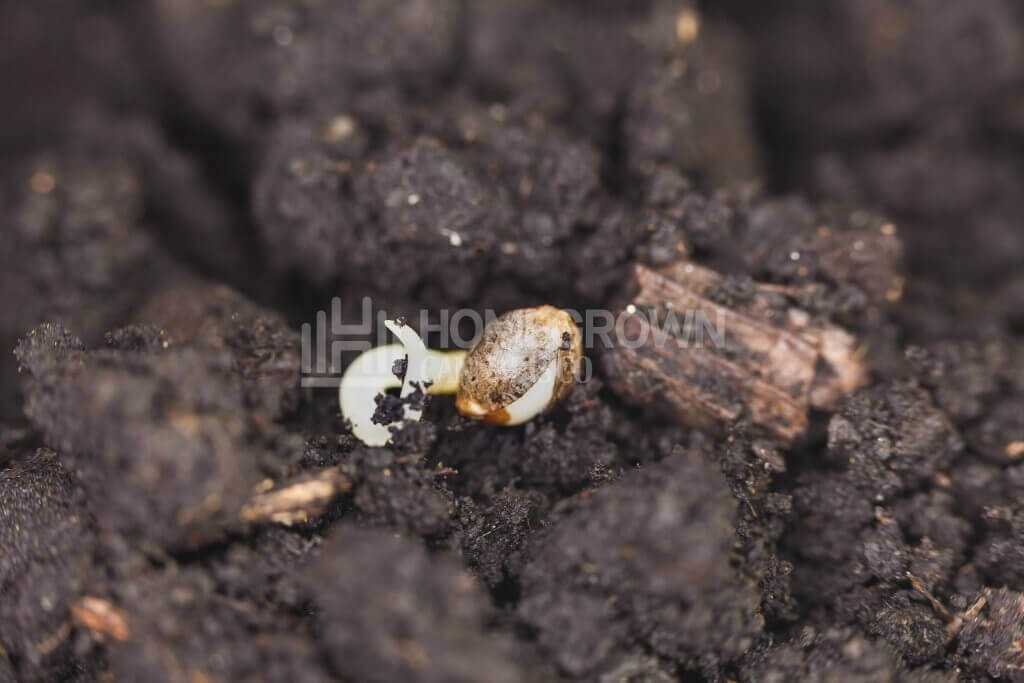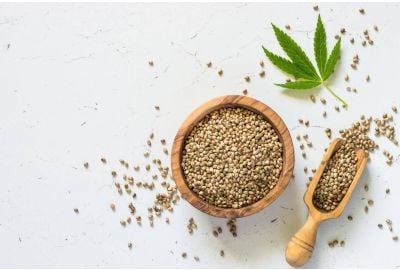Cannabis Breeding: How To Make Your Own Weed Strain
Do you think of people who enjoy cannabis breeding as marijuana mages? Or would you like to try your hand at making unique canna crosses?
Most cultivars we know today are works of home growers—sometimes even happy accidents.
It takes biology and chemistry skills to avoid stabbing in the dark, but hybridization isn’t only for the pros. Current technology, information, and incredibly stable seed genetics make it feasible for all.
Why not add your creation to the colorful cannabis landscape? Join us for an overview of the theory behind breeding marijuana and a practical guide for doing it at home.

Cannabis breeding: Why should you breed new cannabis strains
First, why would you care about cannabis breeding? Well, it allows you to tailor your bud to your exact needs, no compromises included.
Breeders typically cross strains to purify and strengthen them, combine their traits, or enhance a specific characteristic. Besides, it’s fun and elevates your appreciation of the plant.
Of course, the selection of strains at a reputable cannabis seed bank already leaves you spoilt for choice. Not everything a connoisseur can imagine is commercially available, though.
Maybe you’re a fan of old-school effects, and such strains aren’t easy to find nowadays. Why not make your own? Or you might dream of pink flowers or CBD-rich crops with trippy effects. The point is that you have a vision and the means to make it come to life.
Who can try their hand at breeding weed? Not only the experts.
The transition from grower to breeder is straightforward for experienced ganja gardeners. All you need is the willingness to experiment—and info to get you started.

Weed breeding: How to breed cannabis in 6 steps
There’s always more genetics theory to explore as you hone your skills, but what we outlined above is enough to get you started. Let’s see how to make your own weed strain in practice.
Tip: If you’ve never used same-strain plants to create new seeds, do that first. It’s an excellent introduction to sexing and fertilization.
Step 1: Choose parent plants
Breeding cannabis entails picking quality male and female crops to cross. Your choice hinges on one question—what are you trying to achieve? You might select a plant for its:
- Growth pattern—height, foliage density, flowering duration, and yield size
- General hardiness—growth speed, pest and disease resistance, stress susceptibility
- Bag appeal—bud smell, appearance, taste, potency, and perceived effects
List the traits you’d like to preserve and inspect available specimens, searching for ones closest to your dream herb.
Which plants should be the mother and the father for breeding marijuana?
The classic inheritance pattern dictates that 50% of the offspring should resemble both parents equally. Of the remaining half, 25% express traits closer to the mother and 25% to the father. Experts noticed a slight discrepancy, though.
It seems the attributes of female plants are dominant in the offspring. The father’s characteristics complement those of the mother. As a rule of thumb, choose healthy males but rely on females for the aroma, potency, and growth characteristics.
Step 2: Separate male and female cannabis plants
Unless you know how to feminize a seed, you need male and female plants to breed cannabis genetics. As a result, constant vigilance is necessary during the flowering stage. Otherwise, you might end up with an entire garden of seed-bearing crops and no buds.
Note: Some growers breed only females to eliminate the male gene. This approach complicates matters, though, so newbies should start with the regular variant.
You should learn about the weed plant stages to avoid pollination when growing from regular seeds. That way, you notice the first signs of sex before flowering commences and have enough time to separate your crops.
Check the internodes for pre-flowers around the fourth week of veg. You should see:
- Pistils on female plants. They start as wispy white hairs and turn orange as the fem matures.
- Pollen sacs on male plants. They look like little green balls, swelling and bursting with age.
As soon as you see these signs, take your cannabis breeding specimens and put them in separate rooms. Hermetically seal the male, too—their pollen can travel for miles.

Step 3: Collect cannabis pollen
The next step of learning how to breed marijuana also relates to pollen. Where you isolated it in the pre-flowering stage, you now want to collect and strategically utilize it for fertilization.
How do you harvest weed pollen for storage and cannabis breeding?
Let the crop sit until the sacs harden and become bright green, which should take around a week. Then carefully remove the entire cluster—be careful not to press it—and place it in a sealed container to dry.
Wait for a week, then drop the cluster on a micron screen, putting wax paper underneath. Press and shake the screen until you see fine powder on the surface.
Discard the rest of the male crop—it’s served its purpose.

Step 4: Pollination
The most straightforward cannabis breeding technique crosses two crops of opposite sexes. It replicates the natural process of species propagation in weed on a small and controlled scale.
Here’s how to pollinate your female plant:
- Take pollen out of storage and let it warm to room temperature to increase its potency.
- Take a fine brush, like a painting or toothbrush, and dip it in the pollen.
- ‘Paint’ the female pistils with pollen by lightly touching the pistil hairs.
- Let the plant sit uninterrupted for 24 hours to let the pollen absorb. Then continue watering and feeding as usual.
The waiting game of marijuana breeding follows. You now let the plant go through the flowering stage and produce seeds.
Step 5: Take care of the mother plant
Knowing how to breed cannabis includes seeing your ‘pregnant’ plant through flowering. What can you expect during this stage?
Pollinated fems produce round husks beneath the pistils, which eventually become red and orange. Then the husk begins to split. As seeds mature, they take on a dark brown hue.
Throughout this time, you want to provide care similar to what you’d give to bud-bearing plants.
Supply high-quality cannabis nutrients to encourage seed creation, adding more nitrogen than what’s included in most bloom formulas. Lay off the lamp intensity but maintain a 12/12 light schedule.
Hold off harvesting if the husk is still green. Once it becomes brown and fragile, cannabis breeding is complete. Next up:
- Cut down your plant and leave it to dry. Be careful to avoid splitting a pod.
- Cut off the branches after a week. Rub flowers together to release the seeds. Alternatively, pick them one by one with tweezers.
- Separate the seeds from the rest of the plant material. Keep them cold and dry until you’re ready to cultivate.
All you have to do now is turn seeds into prolific bud-bearers.

Step 6: Germinate your new cannabis seeds
You’ve learned how to breed marijuana—it’s time to see whether your experiment is a success.
Always start with germination to give your hybrid the best chance to flourish. Leave the seeds in a moist and warm environment until they pop and produce taproots. Once a tiny white root protrudes from each shell, your creation is ready to grow.
Tip: To determine your hybrid’s germination rate, pop 100 seeds at once and keep them in identical conditions.
Learning how to make different strains of weed at home doesn’t give you the same predictability as growing a commercialized cultivar. You don’t know the humidity, temperature, and nutrient amounts to make your new crop thrive. Pest susceptibility only becomes evident with time.
How do you work around this issue? By adhering to good gardening practices and noting any preference your crop might display. Stick to the following cultivation rules:
- Temperatures in the 75–86°F range and humidity of 40–55%
- Strong grow lamps at a reasonable distance from the canopy
- Watering every other day in vegging and every third day in flowering
- Weekly feedings with high-quality, moderately-potent nutrients
- Light trimming of unproductive and shade-producing fan leaves
When growing the products of your breeding cannabis experiment, pay attention to the vegetative stage. Keep crops healthy and prevent pests, mold, and cannabis nitrogen deficiency. Growing a sturdy vegetative mass enables the plant to produce plenty of buds.

Be brave and play around with cannabis breeding techniques
Remember that cannabis breeding is all about time and patience. Be willing to play around, and the results may astonish you.
Hybridization is perfect for advanced cultivators looking to deepen their understanding of the plant. You’re guaranteed to discover unknown and stunning traits of your favorite cultivars. Sometimes, you’ll even end up with a might-blowing hybrid with your name.
That’s worth all the trouble, duds, and unstable specimens.
Now that you know how to get your own strain of weed, it’s action time. Hop to our shop to buy seeds and arm yourself with the highest-quality parent genetics. Stay tuned to our blog for more guides on all things marijuana.
About the Author: Kyle Kushman
Kyle Kushman is a legend in the cannabis community. He is the modern-day polymath of pot: cultivator, breeder, activist, writer, and educator. After winning no less than 13 Cannabis Cups, there’s nothing this guy doesn’t know about indoor growing - he’s been there, done it, and is still doing it to this day!


